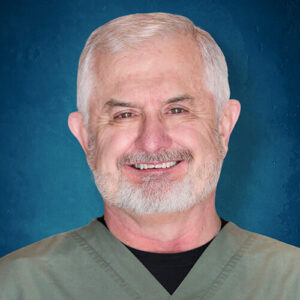Thermage – A Skin Tightening Procedure
Skin Tightening treatments like Thermage are often talked about as a way to tighten skin and reduce signs of aging, like sagging or wrinkling, on the face and neck. Thermage Skin Tightening Treatment is also an extremely beneficial skin tightening treatment in other body areas, including the elbows, arms, thighs, knees, neck and chest and decollete.
Thermage is completely non-invasive with no surgery or injections when used on the body. Improvements are often (over 85% of the time) immediately visible. Improvements continue for 6-12 months as new collagen is formed and matures. Results can last for years depending on your skin condition, sun exposure, and the aging process.
What Causes Loose and Sagging Skin?
Collagen and elastin, two proteins that are essential to the skin’s ability to stretch and retract, become depleted, and skin begins to droop and hang down. Stretched out skin also occurs as a consequence of rapid weight loss, as well as pregnancy, which temporarily stretches the skin out in many areas of the body. Repeated sun exposure also promotes the breakdown of collagen and reduces the body’s ability to make new collagen. Loose skin frustrates many individuals because they cannot be exercised away. No matter how many crunches you do or weights you lift, you may still have loose skin on your belly or upper arms. You can’t exactly work out your knees, either. While you can’t easily tone these areas, you can tighten them with Thermage. See our blog on causes of sagging skin Frequently Asked Questions About Skin Tightening
How Does Thermage Work as a Skin Tightening Treatment?
Thermage targets water in the skin, heating it over 40 degrees Celsius which causes collagen to contract. This simultaneously kicks off a response in the body to amplify collagen production. This new collagen is thicker and has more elasticity. The new collagen also contracts which leaves the skin lifted and tight. The resulting tightening of the skin also improves the appearance of cellulite in areas like the thighs and buttocks. Thermage is done in just one office visit, and because it is noninvasive, there is no damage or scarring to the skin. Thermage also has the unique ability to reach all three layers of the skin, compared to some other skin tightening treatments or products.
Thermage results are seen instantly, which is also different than much other skin tightening or rejuvenating procedures that have a healing period the patient must go through before seeing results. Results also continue to improve for up to a year. Most patients report that the results of their Thermage treatment last between 3-5 years, making it an excellent procedure for patients who want the results but without the maintenance. Want to talk Thermage with Dr. Johnson? Give him a call today at 214-643-8665.



